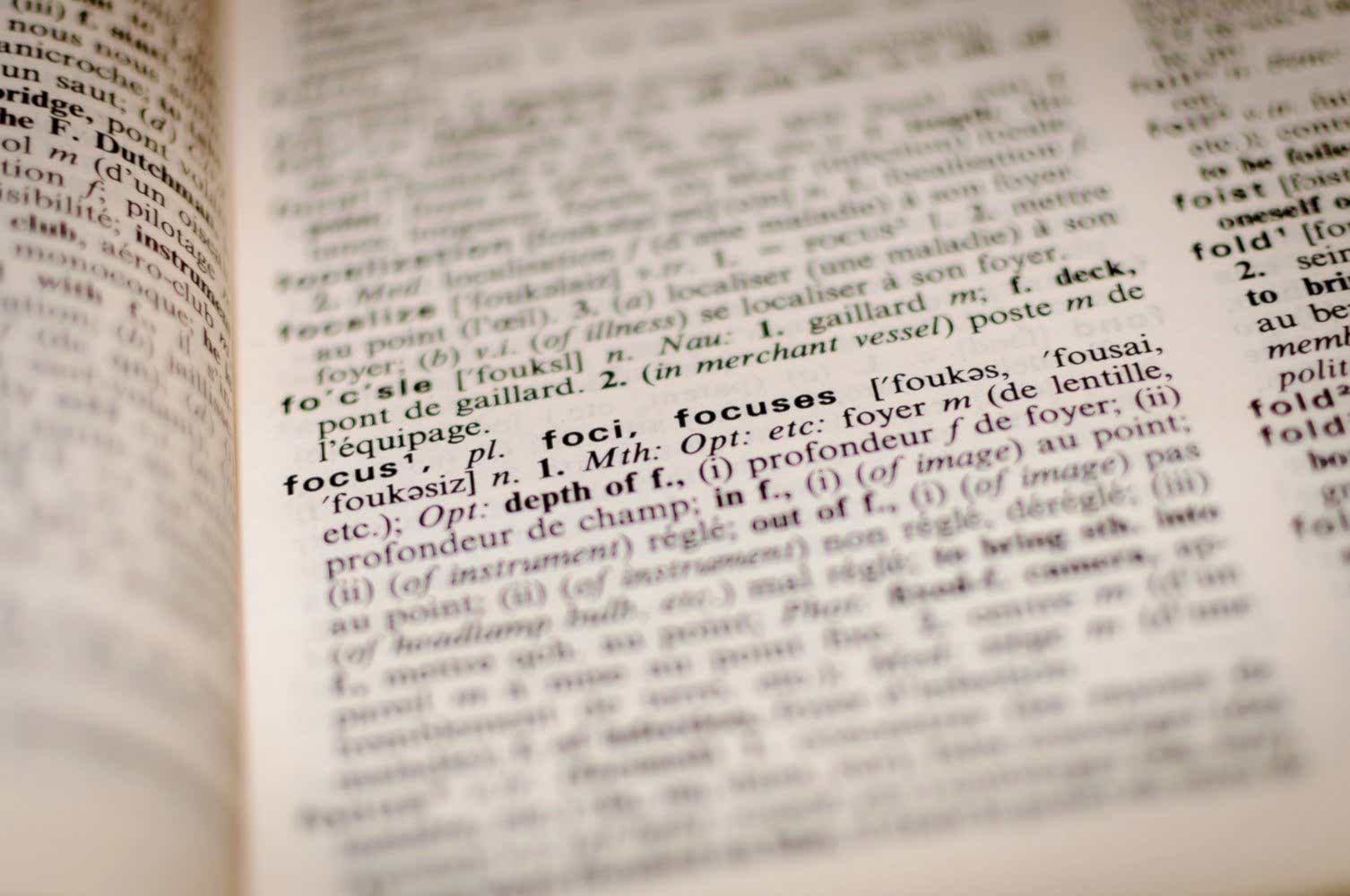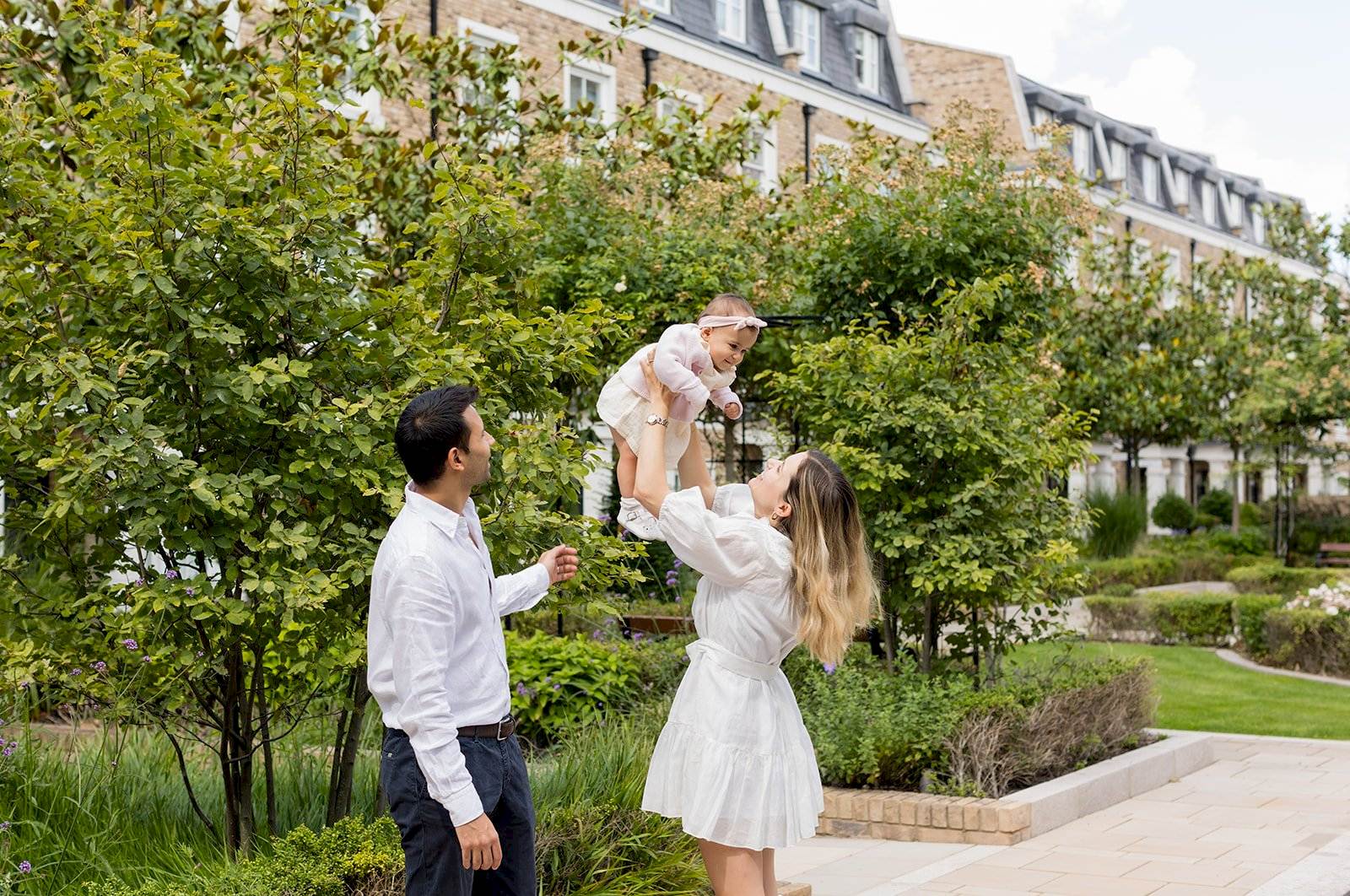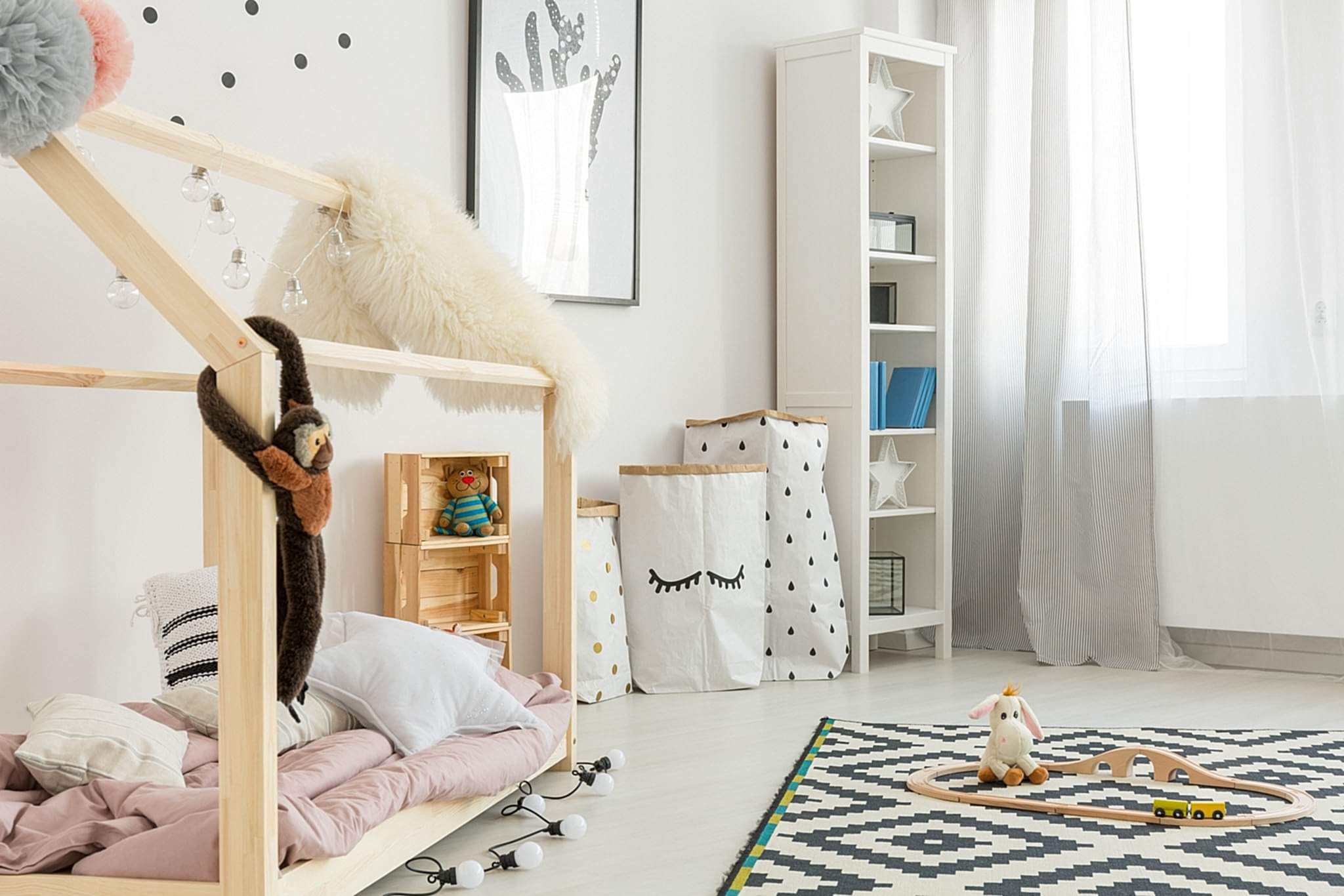Photography is a technical and complex skill. Inevitably, a wide array of professional terms is involved.
I try my utmost to speak in plain English and not to slip into “industry speak” but there are certain words that are hard to avoid.
I’ve collated some of the most common terms, to unpick what can seem like impenetrable jargon.
Hopefully the below will answer any questions you have about portrait photography jargon. If you still have questions, please do just ask me!

Portrait styles and approaches
Documentary
Documentary photographers don’t offer direction but photograph you as life unfolds naturally.
Think of this approach like creating a TV documentary. The cameramen stand back, and film what happens without getting involved.
This term is more often used by wildlife or TV photographers, but portrait photographers also use it to show they’ll be an observer.
You can read more about documentary photography here.
Lifestyle
Lifestyle photographers set out to record every day moments in a beautiful way. They provide a lot more guidance in setting up certain shots and making the most of the light.
Read more about lifestyle photography here.
Natural
I use the term “natural” to convey a slightly hybrid approach: not posed and set up, but capturing you as you are as a family.
I offer some gentle guidance to make the most of the light and space in your home.
My photographs look natural but I’ll make sure I’m using flattering angles. I’ll move anything that will be distracting in the background of a photograph.
With longer sessions, there’s much more scope for more documentary / reportage photography. You can carry on with your morning, and I’ll photograph you as you go.

On location
Location photographers don’t work in a studio, but travel to different locations. This could include your home, your favourite park or somewhere you’ve made a special trip to.
Booking options and systems
Coverage
This means how long your portrait session will last for.
Session fee
A session fee covers the photography coverage and the editing of your photographs.
Session fees do not include the digital files, which can be purchased separately.
A session fee gives you the flexibility to choose which products you order afterwards. You might order digital files, prints, frames or an album.
Somewhat confusingly, some photographers have started including a selection of digitals in the session fee. Really this is a mini package, not a session fee.
Collections or packages
Alternatively, the session fee can often be included in packages and collections. Collections are generally better value, and offer significant savings on products.
Digital files / digitals
Jpegs and Raw files
These are file formats.
Most photographers record images as Raw files, as they have far more colour information and detail than jpegs.
They then export the finished photographs as jpegs. Jpegs are compressed to reduce file size, whilst still allowing you to print them at large format.
High res / low res
Resolution refers to how much pixel data is in each JPEG.
A high res (resolution) photograph has been exported for print, usually at 300 dpi (literally, 300 dots per inch).
A low res photograph is much smaller in file size (usually at 72dpi or 150dpi), and has been exported to view on screen.
It’s not advisable to print from a low res photograph.
I provide high resolution jpegs as the digital files, but can also export low res options if you’d like them.
Digital files / digitals
Jpegs and Raw files
These are file formats.
Most photographers record images as Raw files, as they have far more colour information and detail than jpegs.
They then export the finished photographs as jpegs. Jpegs are compressed to reduce file size, whilst still allowing you to print them at large format.
High res / low res
Resolution refers to how much pixel data is in each JPEG.
A high res (resolution) photograph has been exported for print, usually at 300 dpi (literally, 300 dots per inch).
A low res photograph is much smaller in file size (usually at 72dpi or 150dpi), and has been exported to view on screen.
It’s not advisable to print from a low res photograph.
I provide high resolution jpegs as the digital files, but can also export low res options if you’d like them.
Edited files
Your photographs undergo some colour correction, and slight adjustments may be made to the exposure of the image.
The editing process is part of the magic. Most photographers have their own recipe for getting their images to look “just so”.
Some photographers leave it there but I also remove of any little spots or scratches as part of the basic editing process.
Retouching
Advanced editing like correcting roots, reducing wrinkles and so on fall under the term “retouching”.
Think of the perfecting of an image required for adverts.
This is rarely what families are after, and so I only provide retouching as a special request.
I charge for the additional time involved for retouching (unlike for editing).
Frames
Wall art
Photographers talk about framed photographs as wall art. This is because framing your photographs creates beautiful artworks for your walls!

Glass size
This refers to the size of the glass inside the frame.
Depending on the thickness of the card mount, the print size in a frame can vary. This is why the glass size is the most widely used measurement, rather than the overall frame size or print size.
It doesn’t include the width of the moulding (the edge of the frame).
My “house frames” have a thickness of 24mm, but this can vary depending on which wood a client selects.
Prints
Fine art / giclée prints
These are the highest quality prints available.
The word Giclée (“g-clay”), is derived from the French verb gicler meaning “to squirt or spray”.
Giclée is a printing process that combines pigment based inks with high quality archival quality paper.
Cheaper inkjet printers use dye-based inks instead, which will eventually fade.
Fine art prints keep their colour and hue – the colours won’t change over time.
I only offer giclée fine art prints, because they’re archival and museum quality.
I want clients to have the most beautiful prints possible of their photograph, and ones that will stand the test of time.
Read more about giclée fine art prints here.
Loose / matted prints
“Loose” refers to an unframed print, ie a loose piece of paper.
“Matted” refers to a print under a card mount.
Some clients choose to order matted prints to give as gifts. The card border makes the print a bit more substantial, and allows the gift recipient to choose their own frame.
Mats are quite thick though, so these can’t be slid into pre-made frames. You’d need to take a matted print to a framer.
Albums
Matted albums
Matted albums have protective card mounts over the photographs, and are a more traditional option.

Flushmount albums
The entire page is a photographic print, with real silver halide photo paper.
The prints are mounted on a thick inner card which glues it into the book.

Album pages / spreads / sides
OK, this can be a confusing one.
1 spread = 2 sides
Printers use the term “page” to mean one page of paper, ie two sides. A “spread” is two sides of paper.
So a 20 side album has 10 spreads, or 10 pages.
A 10 page album has 20 sides.
Embossing
This means having text stamped into the cover, usually with your names or baby’s birthdate.
Blind embossing is where the text is created without any ink, just by using pressure.
The most common way of putting text on an album is actually debossing (pressing a stamp into the cover).
As “embossing” has become the term people use as short hand for the whole range of techniques, I use the term “embossing” for simplicity.
For the purists, embossing would result in the text being raised above the surface – very unusual for an album!
Debossing is where the text is pressed into the album, making slight dips where the letters will go.

Camera jargon
If you’re interested in camera jargon, here’s a great video that explains the basics:
Family photography
Taking photographs parents will love by giving children the morning they want. Mischief and surprises are welcome here!
More blog posts you might like
Request a copy of my investment guide
A little freebie
Free PDF: How To Take Great Photos Of Your Kids
Super simple tips you can put to use no matter if you’re using a DSLR or a smartphone. No skills or experience required!








